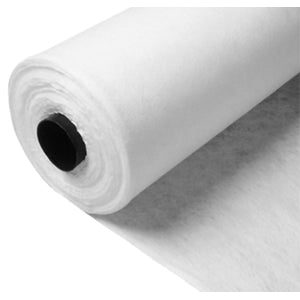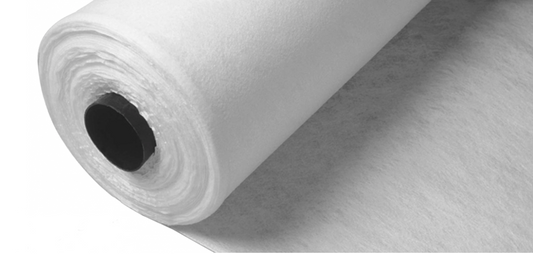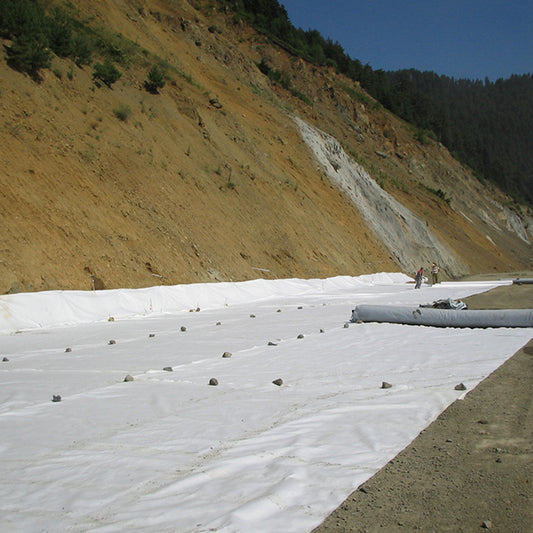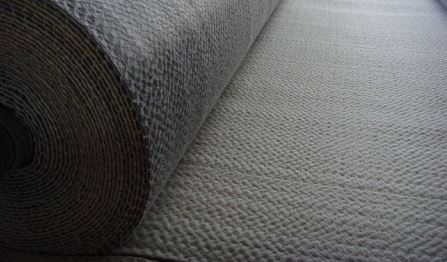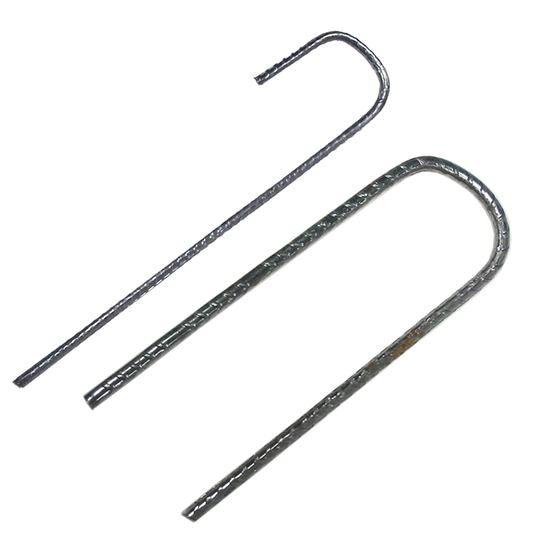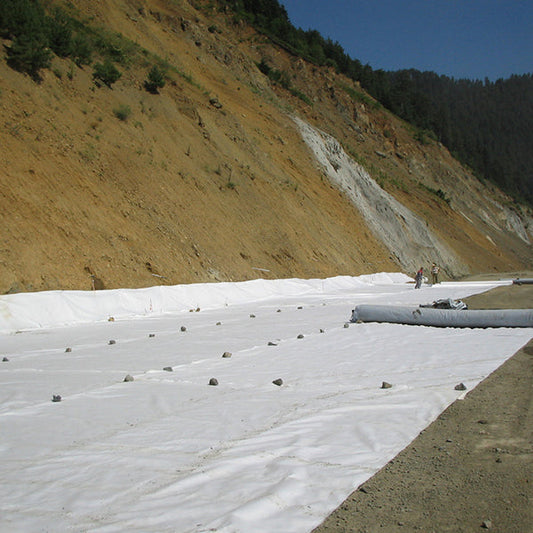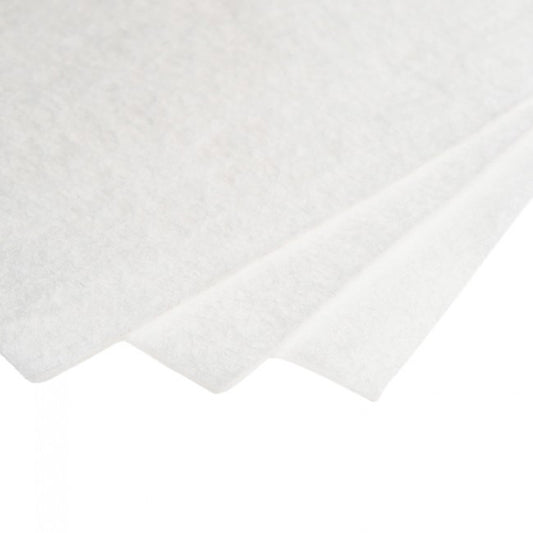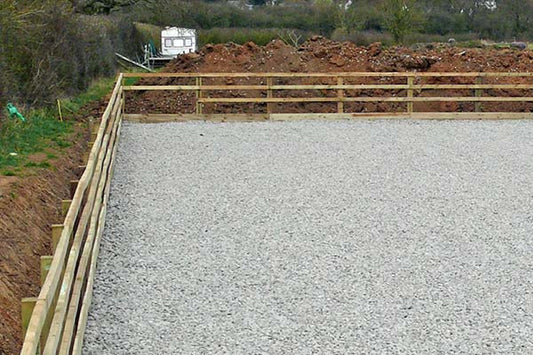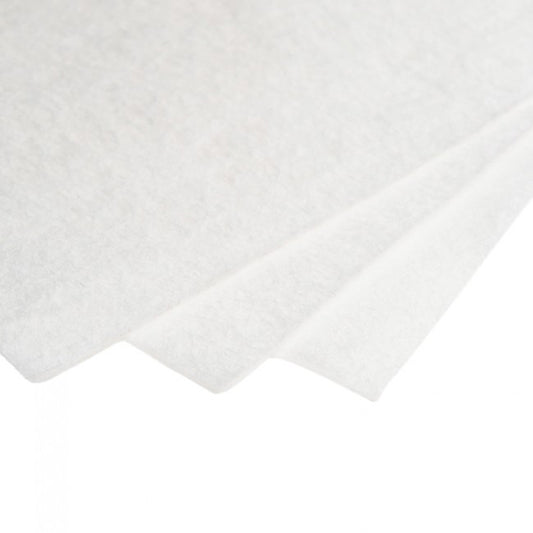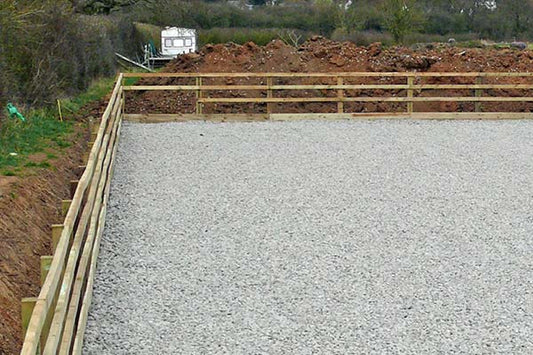Frequently Asked Questions
What is a non-woven geotextile membrane and how does it work? A non-woven geotextile membrane is a permeable fabric made by bonding fibres through mechanical or thermal processes. It allows water to pass through while holding back soil and debris — ideal for filtration, drainage, separation, and protection in construction and landscaping.What are the key differences between woven and non-woven geotextile membranes? Woven membranes are made by weaving fibres and are ideal for reinforcement and load-bearing applications. Non-woven membranes are bonded and offer better permeability for drainage and filtration tasks. Read our guide on choosing the right geotextile and see the difference between woven and non-woven fabrics.
Can non-woven geotextile membranes be used for road construction? Yes — non-woven geotextile membranes are widely used in road and highway construction for several key purposes:
- Soil separation – Prevents mixing of sub-base and subgrade layers, helping maintain structural integrity.
- Drainage and filtration – Allows water to flow through while blocking fine particles, preventing erosion and clogs.
- Load distribution – Improves how weight is dispersed across the road surface, reducing rutting and surface damage.
- Reduced maintenance – Helps maintain stable layers and efficient drainage, reducing the need for frequent repairs.
How do I choose the right type of non-woven membrane for my project? For filtration and drainage, choose a needle-punched membrane. For protection and reinforcement, go for thermally bonded. Soil conditions, traffic load, and expected lifespan should guide your decision. Read our membrane selection guide.
Are non-woven geotextile membranes environmentally friendly? Yes, non-woven geotextile membranes are eco-friendly solutions that enhance sustainability in construction. They prevent soil erosion, reduce the need for frequent repairs, and can help manage water flow in a way that protects surrounding ecosystems.





